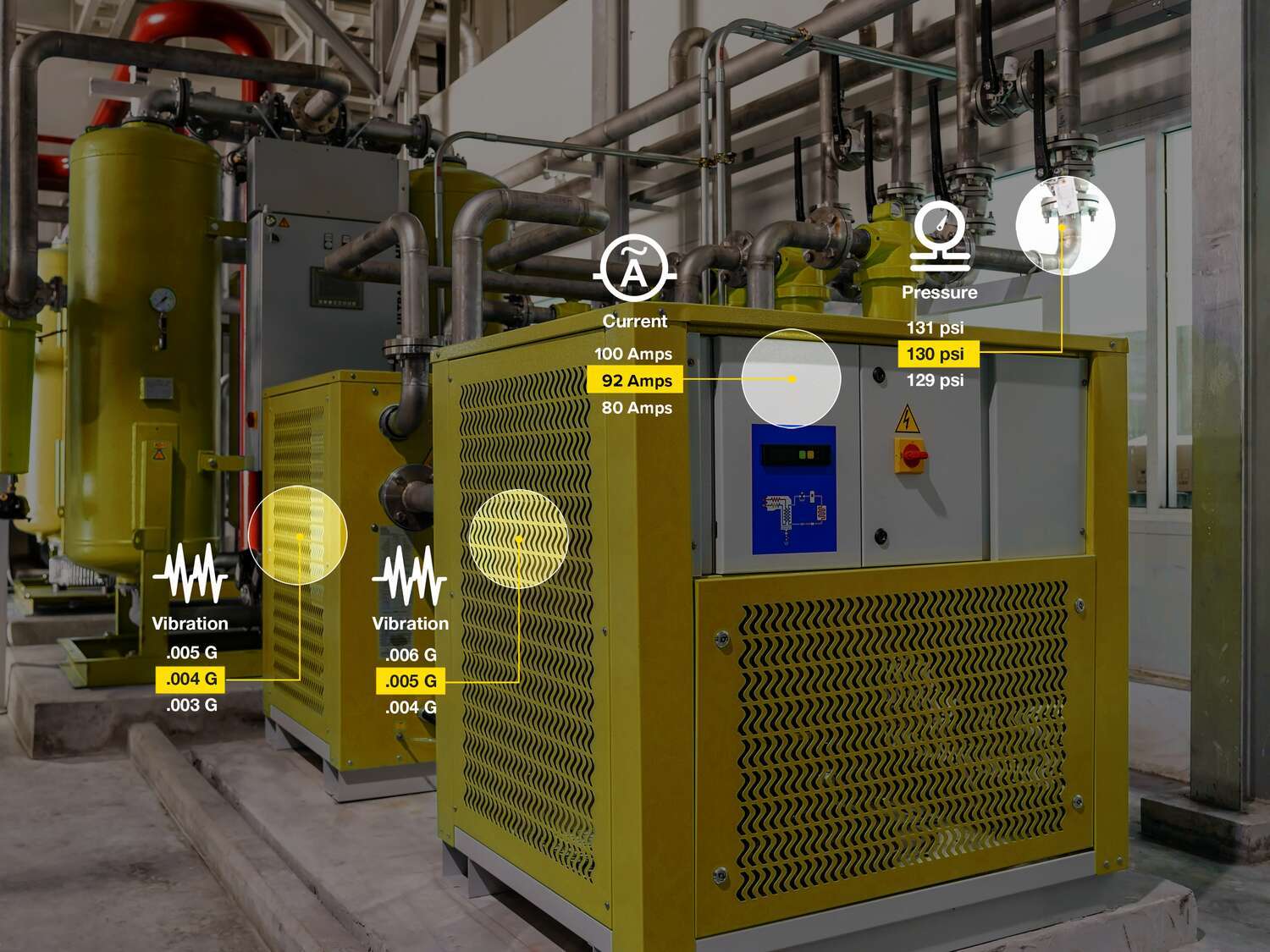
Wireless Condition Monitoring Sensors
Banner Engineering's Condition Monitoring Sensors provide real-time insights into equipment health by detecting parameters such as temperature, vibration, and current. These sensors enable predictive maintenance, helping to reduce unplanned downtime and extend equipment lifespan. Designed for seamless integration with industrial systems, they support data-driven decision-making to improve overall operational efficiency.
Interested in condition monitoring sensors that use a wired serial network connection? Explore the details.